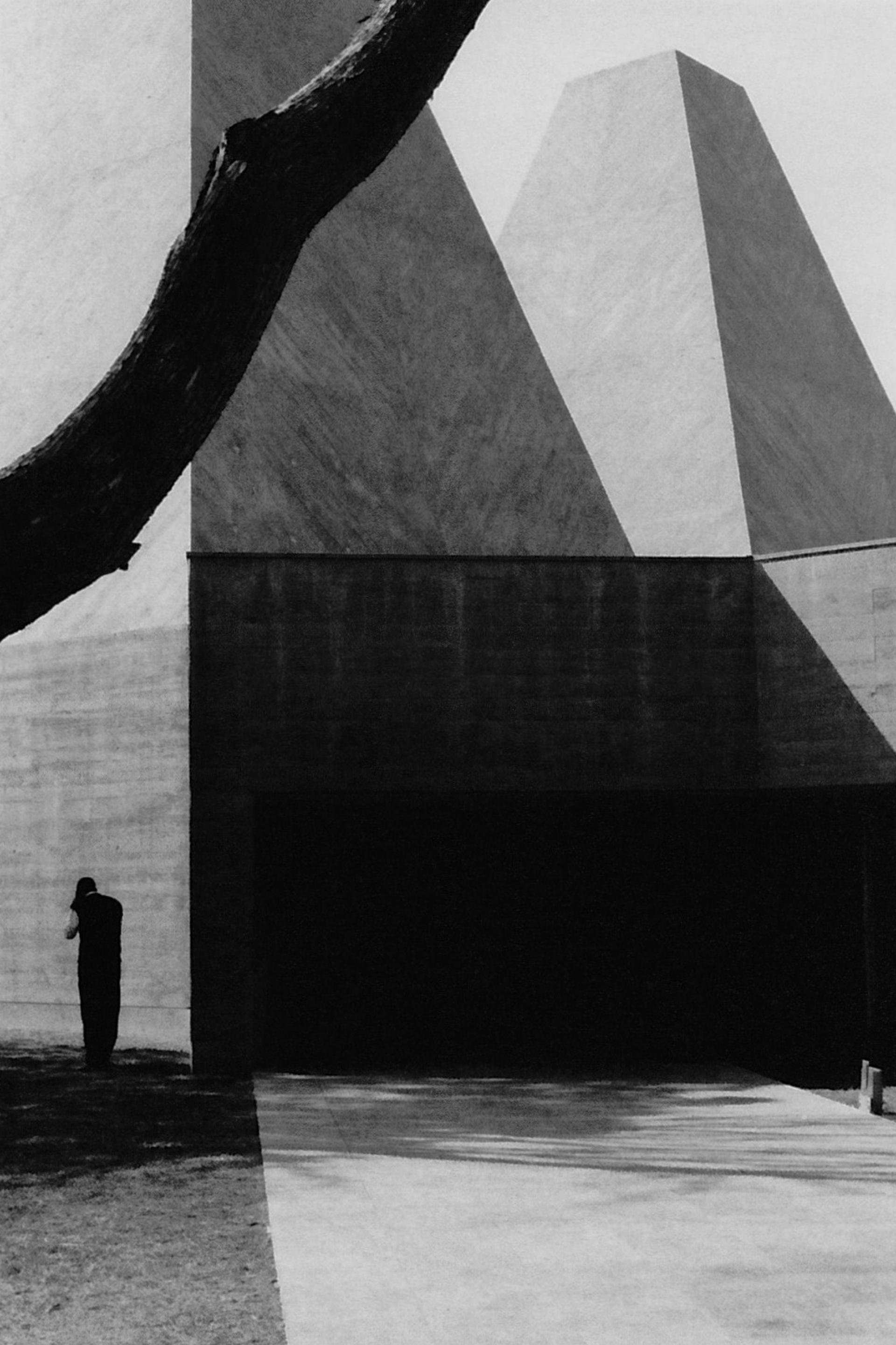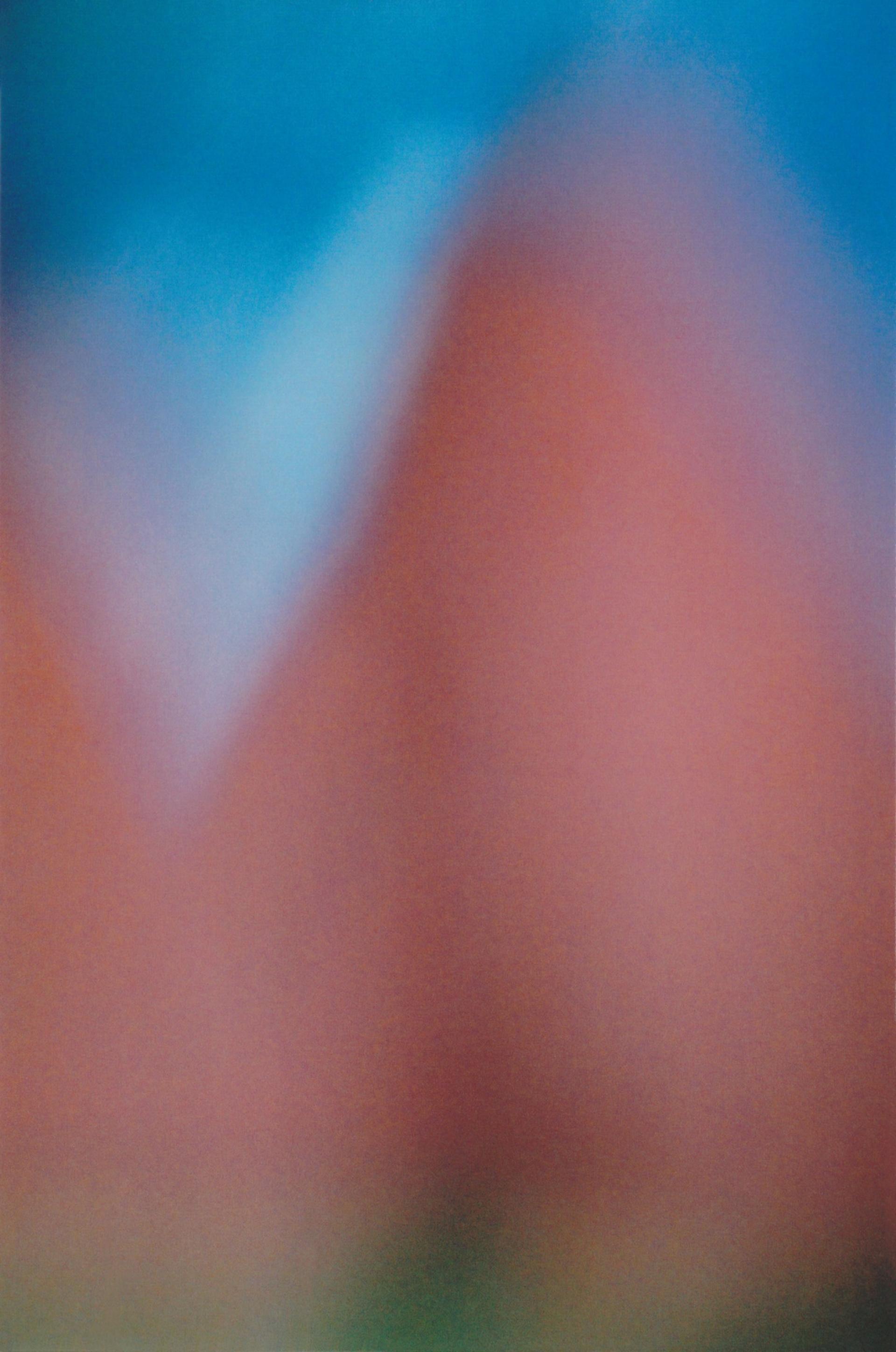The Time Of Blindness
José Saramago created an apocalyptic vision of a city hit by an epidemic of white blindness that spares absolutely no one. His novel Blindness explains a tale of a plague which at the same time evokes trembling horrors of the 20th century literally as frightening as what we are experiencing today.

In an unnamed city, a mysterious disease strikes a doctor and later several of his patients, moving on to everyone they have come in contact with. As it spreads to the entire population, the quarantine is set up in the first stage of the epidemic so infected are being isolated. The situation evokes the erosion of society, as victims are disoriented and trust in the better judgment of the authorities, so they go along with everything that they are subjected to. But because the disease is spreading at exponential rate the government just cannot control the situation. Anxiety over the increasingly haphazard food supply grows rampant as the logistics that allow the functioning of modern society fall apart.

As more and more people are put into the quarantine area, a harsh social structure emerges within the walls of the hospital, with wardens withholding food and subjecting the inmates to violence. Eventually, all hell breaks loose and the blind fight each other, resulting in violence and murder. The patients eventually revolt and break out from the confines of the hospital. Once outside, the escapees find that society no longer exists. Everyone is blind, unable to find their family and friends, chiefly preoccupied with securing food and surviving. And then, the disease starts to disappear, without prior warning and no comfortable resolution at the end. The epidemic is left unexplained.

Blindness terrifies the reader with its intense and dark depiction of society, but it also gives a glimpse into what is wonderful about the human experience. Love, kindness, solidarity and courage. These are all present at the same time, in a cruel new world where no one really knows how to do things right. The authorities are powerless, other people are dangerous, the only thing that protects the individual is their group, their chosen family.

A story that makes you think and ask the deepest of moral questions. How much are we shaped by the comfortable, well regulated social context we live in? And how much is it up to the person to decide what is right and what is wrong? The book does not moralise. It just presents the story and leaves it to the reader to answer the question of what they would do in the inhumane situation described.




Pedro Gabriel photography is researching Souto de Moura’s Museum.